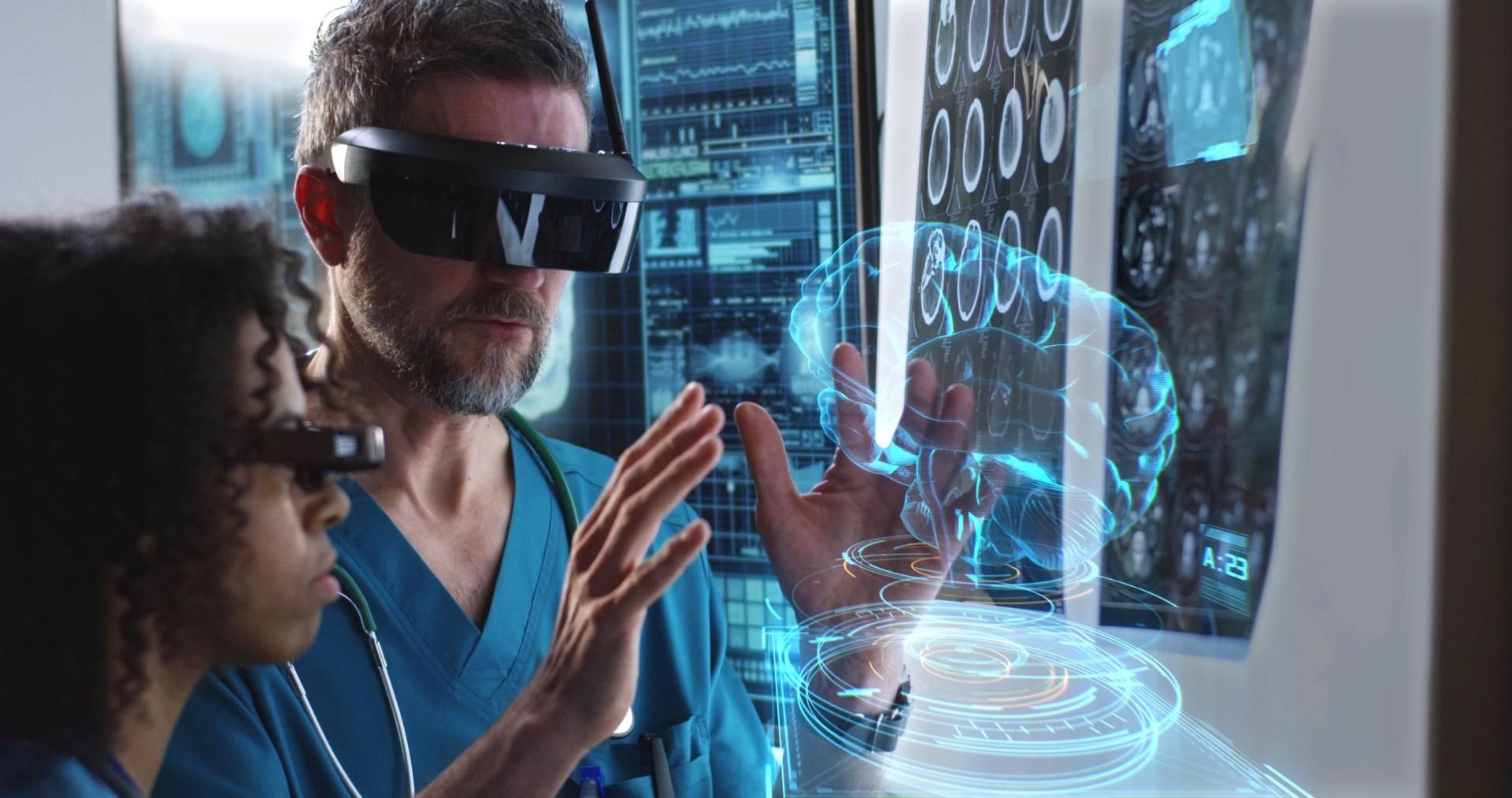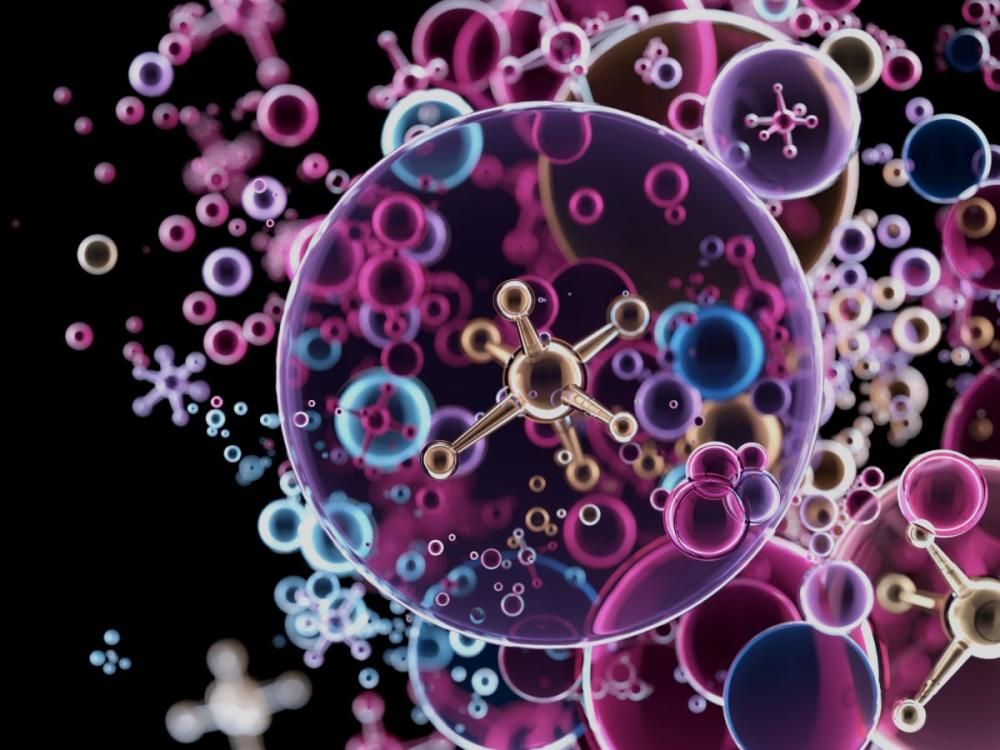
Computer vision in healthcare: applications, real-life use cases & adoption tips
April 30, 2024
- Home
- Computer vision in healthcare

Head of AI/ML Center of Excellence
Computer vision in healthcare is a subfield of artificial intelligence that enables capturing, transforming, and interpreting data from medical images with machine learning techniques to facilitate more accurate diagnoses and personalized medical care.
Itransition draws on its extensive hands-on experience in AI technologies to develop computer vision solutions that broaden healthcare providers’ diagnostic and treatment capabilities, helping them improve patient outcomes.
Table of contents
Ready to implement computer vision technology?
Computer vision in healthcare: market stats
CAGR forecasted for computer vision in the healthcare market between 2023 and 2030
Pragma Market Research
the healthcare industry share in the global computer vision market
Statista
of the healthcare CV revenue belongs to medical imaging and diagnostics
GrandView Research
Applications of computer vision in healthcare
The applications of computer vision systems in the healthcare industry are growing more diverse as the technology evolves.
Static medical image analysis
Many diagnostic tasks require radiologists to review and interpret large volumes of medical images (e.g., MRI, X-ray, and CT scans) and then detect objects and recognize patterns. However, there are elements challenging for the human eye to catch, like subtle variations in tissue texture or density, microcalcifications, and hair-thin bone fractures. Computer vision algorithms can identify such nuances in medical images, helping healthcare professionals make more precise diagnostic decisions.
Benefits
Increased accuracy and speed of disease detection along with reduced costs in multiple medical fields, including radiology, dermatology, and pathology.
- Pathology recognition in retina scans
- Early detection of tumors
- Discovery of stomach infections and hookworms
- Identification and analysis of skin abnormalities, including skin cancer
- Blood cell count
- Recognition and assessment of bone fractures
Dynamic medical media analysis
Computer vision systems can process and interpret not just static visual data but also dynamic images from EEG, ECG, ultrasound, cardiotocography, and other procedures. Telemedicine platforms can also implement computer vision to help medical professionals analyze live video streams during remote patient examinations, enabling precise medical diagnosis and appropriate medical response.
Benefits
Detection of unusual and potentially dangerous signs in patients’ vitals in real-time ensures a more effective medical intervention.
- Cardiovascular conditions assessment
- Non-invasive fetal monitoring procedures
- Brain and heart electrical activity abnormalities detection
- Abnormal object detection during ultrasound and its subsequent analysis
- Audiography quality enhancement
- Computer-aided patient condition assessment for paramedics
Real-time patient monitoring
Computer vision-powered hospital systems can process data from in-hospital surveillance devices to help medical staff observe the well-being of patients 24/7, detect situations where patients display unusual symptoms and need assistance, and notify personnel in cases of emergency.
Benefits
Hospitals and long-term care facilities can provide ongoing patient care without increasing the personnel count.
- Patient fall detection
- Identification of behavior abnormalities
- Condition deterioration alerts
Scheme title: CV in combination with clinical sensors
Data source: nature.com — Deep learning-enabled medical computer vision
Surgery & treatment assistance
The combination of technologies like computer vision, AR/VR, and robotics can help medical professionals operate with more precision during invasive diagnostic and surgical procedures by closely monitoring patient states, visualizing blood vessels, and even providing augmented anatomic overlays.
Computer vision can also enhance the effectiveness of physiotherapy, especially when it’s supplemented with VR or AR technologies. Computer vision algorithms assess patient posture and movement and provide more accurate information for VR software, leading to more realistic experience and treatment (e.g., helping to correct improper exercise techniques).
Benefits
Safer and more effective invasive and non-invasive treatments leading to faster patient recovery.
- Enhanced surgical instrument control and aim precision during surgeries
- Surgeon navigation during endoscopy and laparoscopy
- Blood vessel and tissue visualization for precise drug administration via injections and pumps
- Post-traumatic rehabilitation
Facilities surveillance & monitoring
Computer vision algorithms can be applied to process data from IoT sensors and tracking devices that gather data in healthcare facilities, as well as warehouses and shipping containers storing drugs and medical devices.
For example, facial recognition algorithms can help keep hospital wards secure and prevent device theft by tracking who entered the facilities and when they interacted with devices, medications, and patients. In turn, specific action detection algorithms automate the monitoring of medical personnel’s adherence to required procedures (e.g., hand sanitation), while people flow counters solutions aid in tracking and controlling crowd density.
Benefits
Computer vision improves patient safety, lowers the risk of infectious disease outbreaks, and reduces cases of drug or medical device theft or sabotage.
- Hospital-borne infection prevention
- Improved ward security
- Medication storage and transport conditions’ quality check
- Controlled substance tracking
Drug discovery & development
Analytical algorithms powered by AI technology are increasingly used by scientists to discover potent and safe drugs much faster. Computer vision algorithms can process images and videos of cells, tissues, and proteins to identify potential drug targets associated with specific diseases. Moreover, computer vision systems can capture data from static and dynamic microscopic images of human cells before and after the application of various chemical compounds. This data is then processed with deep learning algorithms to create virtual models of biological systems for medical researchers and predict the effects of potential drugs on those systems.
Benefits
Facilitating new drug development, computer vision makes human trials safer for the participants and cheaper for pharma companies.
- New drug formula discovery
- In-vitro testing
- Adverse effects prediction
- Possible drug interaction assessment
General pipeline of computer vision model training
1
Data collection
Medical images or videos
2
Data selection
Decide what data to annotate
3
Data annotation
Make sure to choose a reliable labeler to get high-quality results
4
Model training
5
Model evaluation
Understand root causes of model errors & fix them
6
Model selection
7
Model deployment
8
Model monitoring
Computer vision real-life use cases in healthcare
Neonatal care
Neolook Solutions provides computer vision-powered monitoring solutions for neonatal intensive care units. The Neolook system gathers visual data from cameras and sensors installed in neonatal ICUs, processes it with the computer vision algorithm to determine if babies’ movements are unusual, and alerts medical personnel about the risks. Such applications help healthcare professionals keep a vigilant eye on their patients and get data for future medical research, while families can bond with their babies without interfering with the intensive care protocols.
Robotic surgery
Da Vinci Xi Surgical System is a robotic surgery solution by Intuitive that assists surgeons in performing operations with maximum precision and minimum incisions to reduce risks and healing time for patients. The surgical assistance system utilizes computer vision for magnified and optimized high-definition 3D visualization of the surgical area, more precise positioning of surgical instruments, and real-time assessment of vessels, bile ducts, and tissue perfusion.
Pathology analysis
PathAI’s solutions, trained and validated on data from more than 15 million medical data annotations, optimize pathology analysis of tissue samples. Medical professionals use PathAI’s algorithms in diagnostic procedures to enhance the accuracy of cancer detection at the early stages, as well as in clinical trials to discover new drugs and develop treatment plans for a wider variety of conditions.
Delivery & postpartum blood loss detection
Triton mobile solution developed by Stryker leverages computer vision to accurately determine patient blood loss during delivery and postpartum. This easy-to-use healthcare application offers hemorrhage detection four times more precise than a visual estimation, leading to 34% fewer delays in intervention.
Kepler Vision Technologies
Kepler Night Nurse, a movement detection and fall prevention solution developed by Kepler Vision Technologies, combines image processing techniques with deep learning algorithms to analyze patient room videos. The AI-enhanced platform recognizes a range of movements typical to the patients, detects fall accidents or risky behaviors in real-time video streams, and alerts medical staff about them. Incident data is stored in the system and can be easily accessed on demand and shared with other analytical systems.
Our computer vision services
We provide end-to-end computer vision implementation services to deliver solutions tailored to healthcare organizations’ unique needs.

Consulting
- We analyze our clients’ goals, requirements, current healthcare IT ecosystem, and organization's workflows to conceptualize the most fitting computer vision solution.
- We perform initial data analysis, including mapping, quality, and reliability audits of data assets from all available sources.
- Our experts define the tech stack needed for the development of the computer vision solution, create a detailed project roadmap, and outline the project’s scope, budget, objectives, deliverables, and timeline.
- Our team develops an MVP for the computer vision solution to help the client check its feasibility and profitability.
- We provide compliance guidance and security audits of the existing computer vision solution to ensure its adherence to privacy and security regulations.
- We overlook the implementation of the computer vision solution to ensure successful project completion.
Development
- We create a comprehensive architecture of the computer vision solution, including its modules, features, and integrations with other software and devices.
- We perform cleansing, annotation, and transformation of data sets further used for model training.
- Our experts utilize cleaned data sets and a wide range of ML algorithms (e.g., neural networks and deep learning) to create and train models for computer vision systems.
- We integrate the trained computer vision model into the target software or implement it as a separate solution.
- Our team sets up all necessary integrations and deploys the solution to an on-premise or cloud-based environment.
- We monitor the system’s performance after the launch to make sure it meets the healthcare organization’s expectations.
- Our experts fine-tune and upgrade the system on demand and provide post-deployment user support.
Need help creating a computer vision solution?
Computer vision implementation challenges & solutions
Due to the technology’s complexity, novelty, and wide range of applications, a computer vision solutions implementation project can be overwhelming to healthcare organizations. Moreover, many healthcare providers fail to use computer vision systems to their full potential even after successful implementation. Fortunately, the majority of challenges associated with the adoption of computer vision can be resolved via proper measures.
Challenge
Solution
Poor data quality
Poor data quality
The higher the volume of high-quality data a computer vision system processes, the more accurate results it will provide. Therefore, healthcare organizations must set up proper data standardization, augmentation, cleansing, and annotation procedures to be conducted before datasets are processed by computer vision solutions.
Surveillance & security concerns
Surveillance & security concerns
Computer vision systems process large quantities of patients’ personal data, which naturally raises privacy concerns. To prevent reputational damage and financial losses due to patient data breaches, healthcare organizations should have a comprehensive data governance strategy in place, utilize data acquisition, storage, and management software compliant with major regulations like HIPAA or GDPR, and get informed consent for data collection and processing from their patients.
Patient & clinician pushback
Patient & clinician pushback
As with any new technology, patients and clinicians can feel skeptical about computer vision. Therefore, medical organizations adopting computer vision should provide appropriate training to all medical personnel, teaching them how to use the technology to their own and patients’ advantage. Knowledgeable healthcare specialists should also educate patients on the benefits of computer-aided medical procedures.
Level up healthcare services with computer vision
Computer vision is a new technology that already provides practical benefits to patients and medical professionals. For instance, a recent study shows that specialists using AI to detect breast cancer spot it more often and at earlier stages than those without a computer vision system’s assistance. Another example is a Triton application that has already helped mitigate the consequences of 42,000 postpartum hemorrhages. Moreover, technology providers constantly advance computer vision capabilities, applying it to a wider variety of medical operations.
If you are ready to broaden your healthcare services by incorporating computer vision solutions into your IT ecosystem, Itransition’s specialists can ensure its smooth and successful implementation.

Service
Machine learning development services & solutions
Powerful machine learning solutions to automate complex business processes and enable data-driven decision-making from a machine learning development company.

Service
Computer vision services and solutions
Explore our computer vision consulting and development services, along with top branches, use cases, adoption guidelines, tech stack, and benefits.

Case study
ML PoC for a plant pathology recognition solution
Learn how we developed a PoC for an ML plant pathology recognition solution, helping the customer attract investments and partner with scientific institutes.

Insights
The role of machine learning in healthcare: use cases & real-life examples
Learn how machine learning impacts the healthcare sector and discover its most common real-life applications, algorithms, and adoption challenges and solutions.

Insights
Virtual hospital: key features, examples & benefits of remote care
Learn about virtual hospitals, their architecture, integrations, and types. Explore their benefits for doctors and patients and implementation challenges.

Insights
Smart hospitals: architecture, key technologies & benefits
Learn how to transform your hospital into a smart medical facility and how this shift can benefit your healthcare business and improve patient experiences.